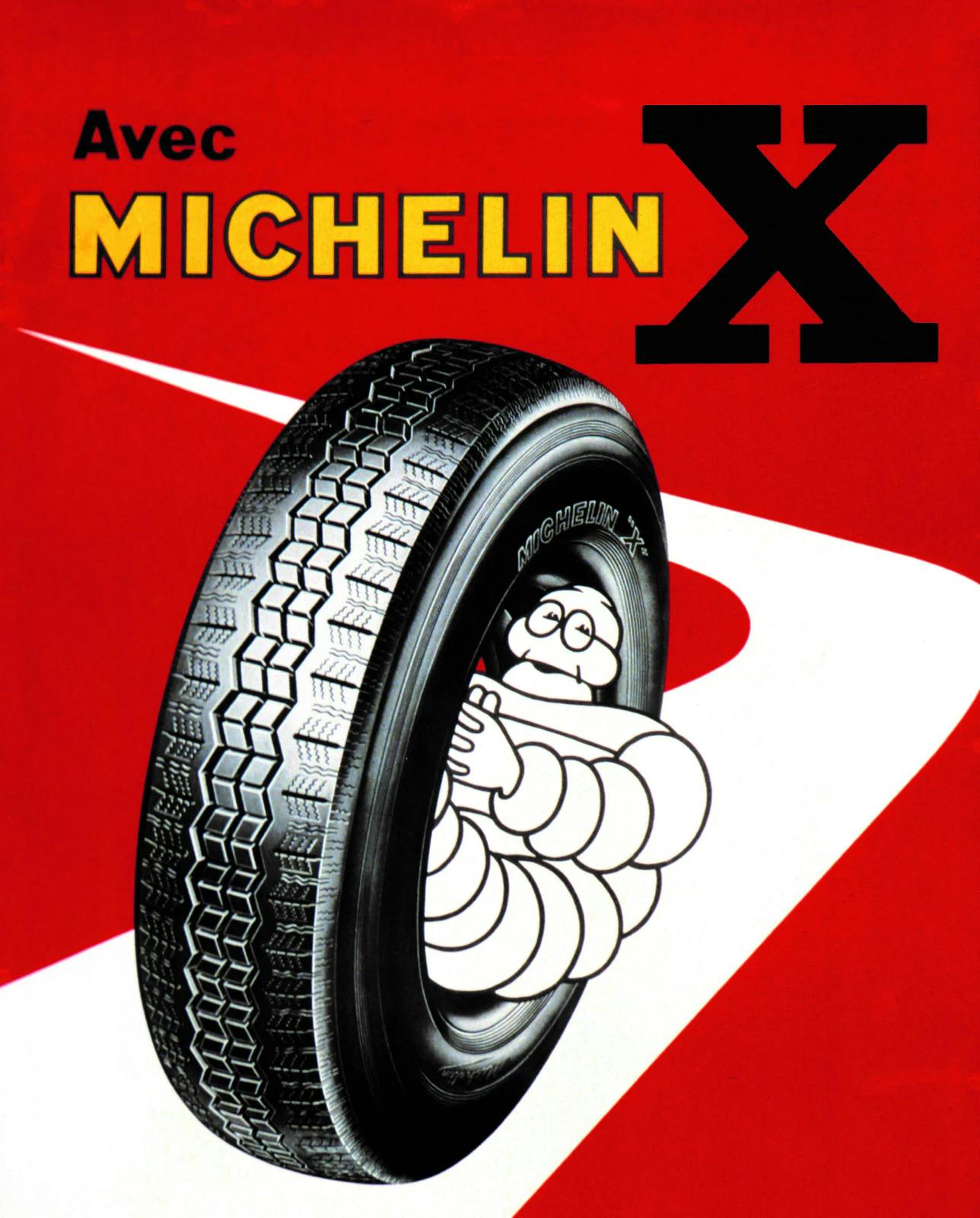Horsepower’s Relentless March: 1920-1950
This story first appeared in the September/October 2024 issue of Hagerty Drivers Club magazine. Join the club to receive our award-winning magazine and enjoy insider access to automotive events, discounts, roadside assistance, and more.
The following multi-part series explores the developmental timeline of horsepower in the automotive industry. We kicked things off with the engine’s early development, from 1776-1900, here. Time marched on, and so did our coverage of the early 20th century. Stay tuned as we continue our daily installments highlighting all the major evolutionary milestones in horsepower. Enjoy! –Ed.
How much horsepower does it make? The question is, in many practical respects, pointless. Pretty much every vehicle on the road has enough power to do what it needs to do, and then some. Yet for enthusiasts, it’s critical, part of a secret handshake that tells us not only what someone’s driving, but whether they know and appreciate what they’re driving.
The horsepower your car produces is the product of some 250 years of continuous improvement, serendipitous discoveries, and daring feats—most of it revolving around a type of air pump we call the internal combustion engine.
As we write this, the future of the engine, the beating heart of the automobile, is somewhat in doubt. There’s no question, though, that our horsepower quest will continue. We will keep tweaking, and the numbers will keep growing. But it’s worth pausing, if only for a moment, to reflect on just how far we’ve come.
***

1927: Henry Segrave, a British Royal Air Force pilot, tops 200 mph at Florida’s Daytona Beach at the wheel of a racer dubbed Mystery. It has two 22.4-liter V-12s, producing a total of 1000 horsepower.

1930: Cadillac introduces the world’s first V-16 auto engine, producing 185 horsepower from 452 cubic inches. Four years later, the mid-engine Auto Union Type A single-seater designed by Ferdinand Porsche began competing in grand prix racing with a supercharged 4.4-liter V-16 producing 295 horsepower.

1932: Ford’s V-8 debuts. It initially produced just 65 horsepower, but Ford’s V-8 for the masses was a true horsepower breakthrough.

1934: German inventor Felix Wankel earns a patent for his rotary engine, rated at 21 horsepower.
1935: Sir Malcolm Campbell is the first to top 300 mph, running on the Bonneville Salt Flats. His Campbell-Railton Blue Bird is powered by a Rolls-Royce 37-liter supercharged V-12 producing 2300 horsepower. Four wheels and tires were fitted to the rear axle to bolster traction.

1936: Bosch receives a patent for anti-lock braking (ABS) technology, which would become crucial for stopping high-horsepower cars.

1946: Michelin develops X radial tires in France. The first car equipped with them, the 1948 Citroën 2CV, produces a whopping 9 horsepower, but the tire technology will eventually prove key to making high-horsepower cars tractable both on track and the street.

1949: The modern V-8 arrives. Cadillac and Oldsmobile both introduce short-stroke, overhead-valve high-compression designs. Chrysler (’51), Lincoln (’52), Buick (’53), Ford (’54), and Chevrolet (’55) follow shortly thereafter. Power outputs begin at 135 horses and soon shatter the 200-hp barrier.
Return to Part II (1900–1920) or continue to Part IV (1950–1960).



This era arguably has some of the biggest changes. We have 1000hp double 22.4-liter V-12s, V-16’s, the earliest V-8’s and the first rotary. Such crazy designs and execution.
Studebaker had a OHV V8 in 1951
The late 20’s Model J Duesenberg was a tour de force. DOHC straight eight, 4 valves per cylinder. The J model was 265 hp, and the later SJ was 320 hp. Don’t think there was anything close to it at the time.